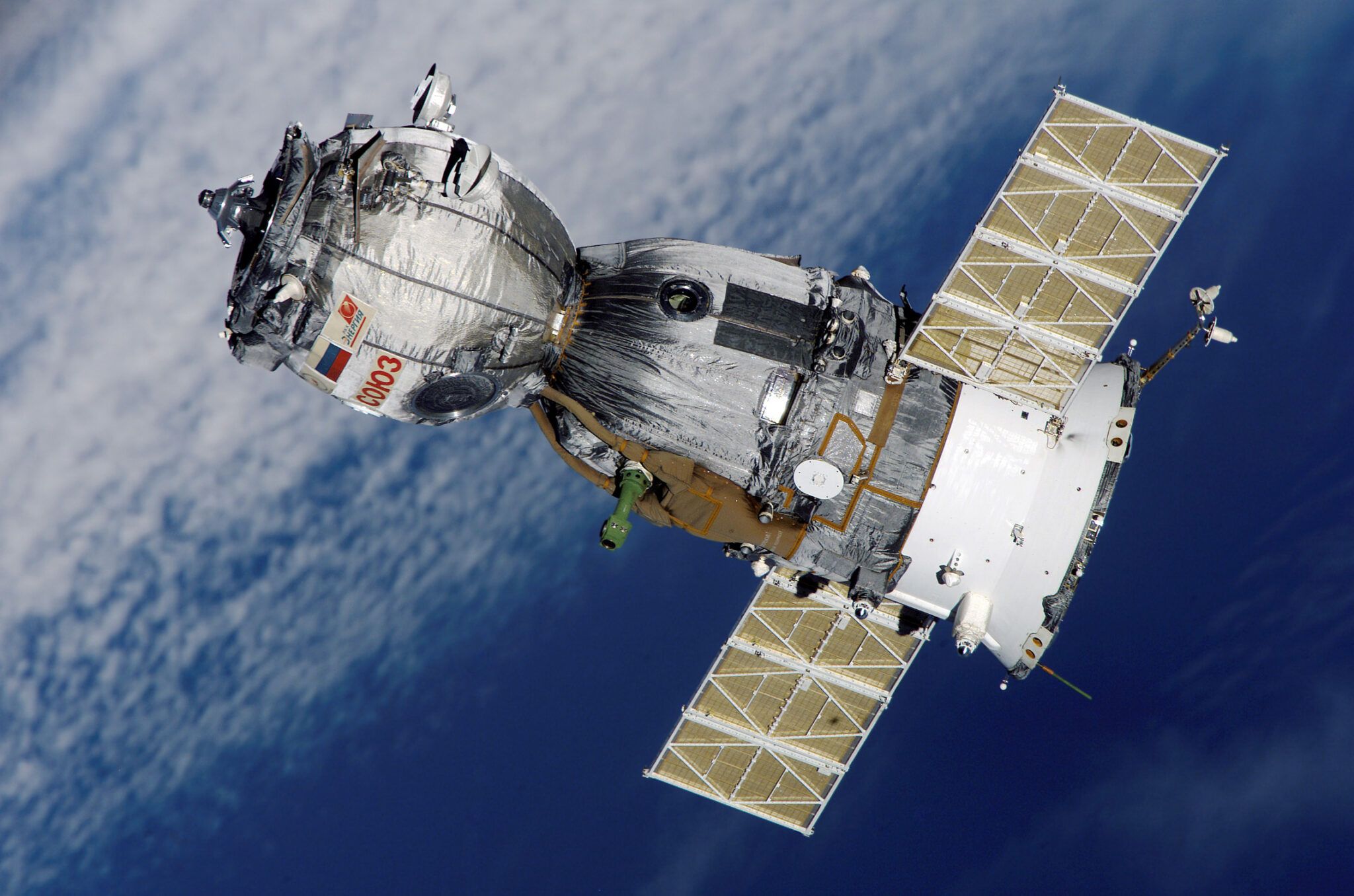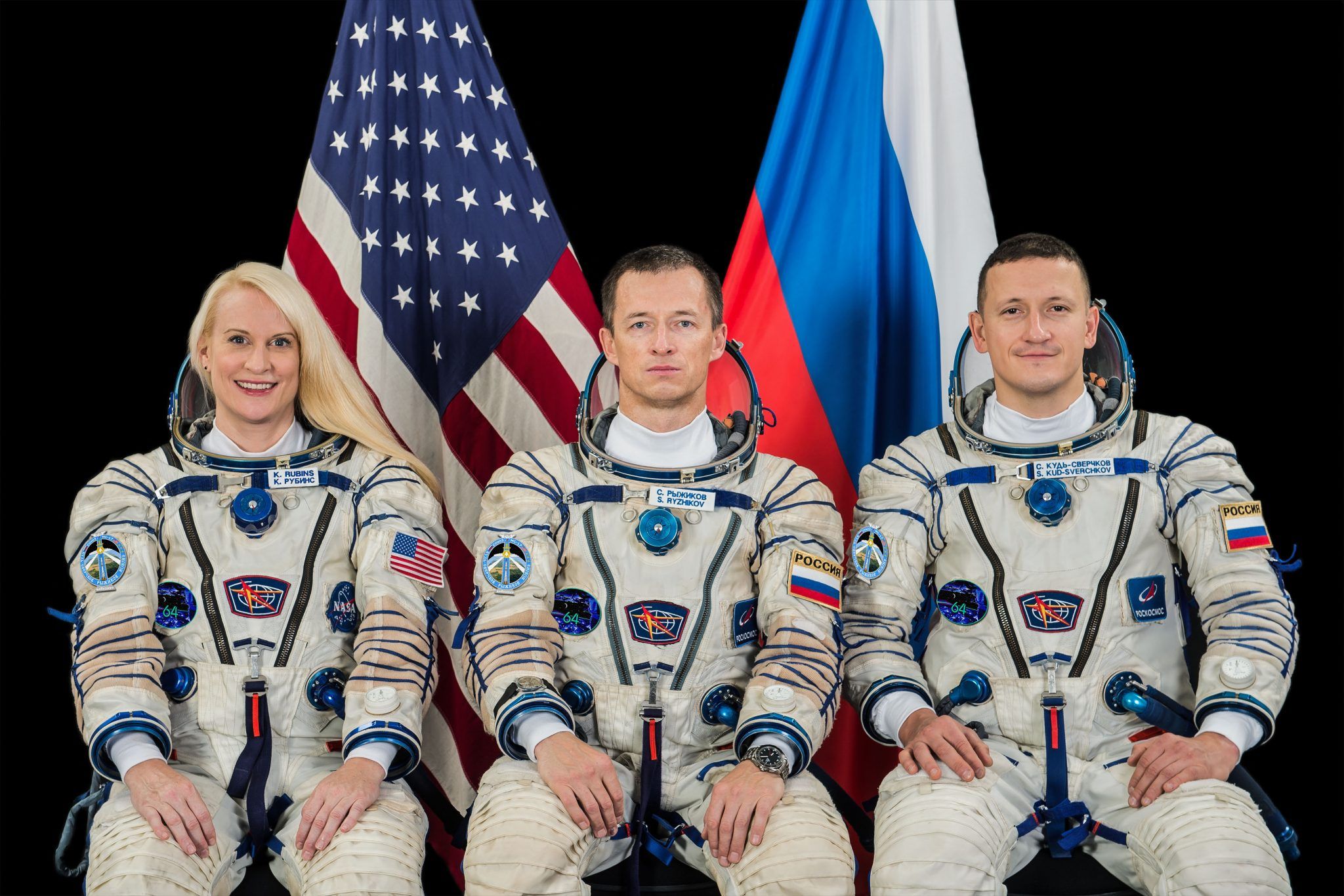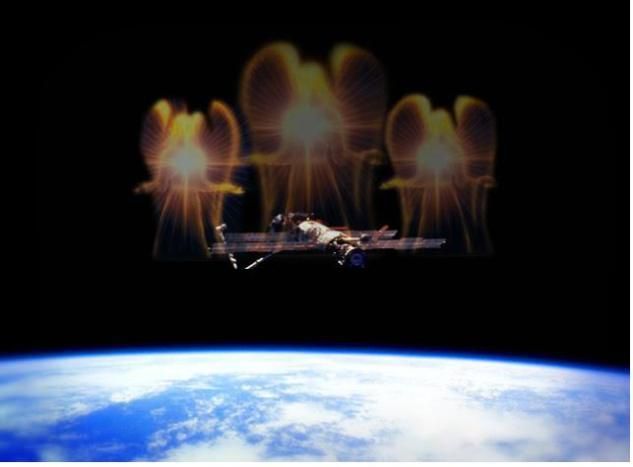Sixty Years After Gagarin, Is Russia Lagging in Space?
April 7, 2021 (today.rtl.lu)
• Sixty years ago on April 12, 1961, the Soviet Union made history by launching Yuri Gagarin into space on a Soyuz-made capsule. Moscow announced its intent to replace the Soyuz design in 2009, boasting that the new capsule would be “bigger, with more powerful engines and more comfortable than the Soyuz.” RKK Energia was even awarded a development contract for the project. But after a series of delays, the Soyuz-degined capsule continues to be used for trips to the International Space Station (ISS).
• The head of RKK Energia’s flight centre Alexander Kaleri, himself a veteran cosmonaut who flew several missions into space and spent months on the ISS and Mir space stations, admits the project is a long way from taking off. “The goal is to carry out a first pilot-less test flight by 2023. For now we are starting by testing models for the capsule, it’s a fairly long process.”
• The new capsule’s grand designs have fallen victim to funding problems and bureaucratic inertia. Russian space expert Vitaly Yegorov says the lengthy development is hardly surprising given “the technical difficulties, Western sanctions against the Russian space industry, and a lack of funding” for the space program. With the Soyuz still flying, there is also no “acute need” for a replacement, Yegorov says.
• Other projects have also stagnated, including the next generation Angara-A5 rockets meant to carry Russian space capsules, which have been in development since the 1990s but have launched only twice in test mode, in 2014 and 2020. The Nauka laboratory module intended for the ISS began assembly in the 1990s, but has also suffered a string of failures.
• Despite these setbacks, Dmitry Rogozin – a nationalist politician and former diplomat now in charge of Russian space agency Roscosmos – continues to make bombastic claims about future projects. He has announced ventures to bring back samples from Venus and a rocket capable of making 100 round trips to space and back.
• After Russia pulled out of the US-led Lunar Gateway project to put a new space station in lunar orbit starting in 2024, Moscow and Beijing announced plans in March for a rival space station, but without a timetable or budget. A former Roscosmos official, speaking on condition of anonymity, said it is clear that Rogozin’s projects are pie in the sky. “[H]is promises extend into the 2030s, when neither of them will be in power,” the official said.
• Russian space expert Vadim Lukashevich said the problem for Roscosmos is that when it comes to scientific projects, Putin’s mind is not on space exploration. Rather, the Kremlin’s attention is fixed on military ventures. “The priority for the Kremlin is military projects, especially the development of missiles,” he said. “Putin talks about new weapons and missiles,” Lukashevich says, including hypersonic weapons that can strike an enemy like a “meteorite”.
• While Russian defense spending has grown significantly in the last two decades, Roscosmos has seen its budget falling year by year. Last year, Rogozin announced that Roscosmos’ 2016-2025 total budget of $18.4 billion US was being cut by ten percent for the last five years.
• And as Russia’s space industry stalls, its competitors, including now the private sector, are moving forward. Last year, Russia lost its monopoly over ISS launches to Elon Musk’s reusable Space X rockets. But Roscosmos is wary of partnerships with private companies, fearing this could siphon away the “state space budget and contracts”.
• Meanwhile, the Russian space industry is beset with corruption, including multiple scandals over the construction of the new Vostochny launchpad in the Far East. “There is hardly any space company left whose officials have not been replaced or arrested,” laments a former Roscosmos staffer. “Today the industry is run by newcomers without training in space technologies.”
• [Editor’s Note] Don’t be so sure that Russia is languishing in advanced space technology. Some believe that Russia is the epicenter of the Alliance space program, working with benevolent Galactic Federation extraterrestrials to quietly develop modern spacefaring craft like the corvettes reported by Corey Goode to have harassed the deep state’s ‘pumpkin seed’ craft attempting to leave earth orbit over Antarctica in January 2016. Putin is a leader of the Alliance, and prefers to let the deep state think they are “lagging behind”. But since the Alliance is currently kicking the deep state’s ass in space, everyone is now aware of Russia and the Alliance’s capabilities in spite of hit pieces like this one.
 Sixty years after the Soviet Union made history by launching Yuri Gagarin into space
Sixty years after the Soviet Union made history by launching Yuri Gagarin into space

on April 12, 1961, Russia continues to have lofty extraterrestrial ambitions, but its ability to realise them is more down to earth.
Project after project has been announced and then delayed, as grand designs fall victim to funding problems or bureaucratic inertia. The Kremlin’s attention meanwhile is fixed on military ventures rather than space exploration.
A case in point is the project to replace Russia’s ageing Soyuz capsule, a workhorse that has been ferrying astronauts into space since the 1960s and continues to be used for trips to the International Space Station.

First announced in 2009, the project to replace the Soyuz has been repeatedly pushed back. Even the name of the proposed capsule has changed multiple times, from the “Federation” to the “Oryol” (Eagle) and then a proposed smaller version called the “Orlyonok”.

RKK Energia, the firm that builds the Soyuz, was awarded a development contract for the project.
Standing in a museum at Energia’s offices celebrating Soviet space accomplishments, the head of the firm’s flight centre Alexander Kaleri boasts that the new capsule will be “bigger, with more powerful engines and more comfortable than the Soyuz.”
But Kaleri, a veteran cosmonaut who flew several missions into space and spent months on the ISS and Mir space stations, admits the project is a long way from taking off.

“The goal is to carry out a first pilot-less test flight by 2023. For now we are starting by testing models for the capsule, it’s a fairly long process.”

Stagnating projects
Russian space expert Vitaly Yegorov says the lengthy development is hardly surprising given “the technical difficulties, Western sanctions against the Russian space industry and a lack of funding” for the space programme.
With the Soyuz still flying, there is also no “acute need” for a replacement, he says.
Other projects have also stagnated, including the next generation Angara-A5 rockets meant to carry Russian space capsules, which have been in development since the 1990s but have launched only twice in test mode, in 2014 and 2020.

The Nauka laboratory module intended for the ISS, which began assembly in the 1990s, has also suffered a string of failures that have prevented it from entering orbit.
Despite these setbacks, Dmitry Rogozin — a nationalist politician and former

diplomat now in charge of Russian space agency Roscosmos — continues to make bombastic claims about future projects.
He has announced ventures to bring back samples from Venus and a rocket capable of making 100 round trips to space and back.
After Russia pulled out of the US-led international Lunar Gateway project — a space station in lunar orbit whose first modules are to be launched in 2024 — Moscow and Beijing announced

plans this March for a rival space station, but without a timetable or budget.
A former Roscosmos official, speaking on condition of anonymity, said it is clear that Rogozin’s projects are pie in the sky.
The Roscosmos chief promises President Vladimir Putin “that they will go to the Moon, Mars or Venus,” the official said. “But his promises extend into the 2030s, when neither of them will be in power.”
Russian space expert Vadim Lukashevich said the problem for Roscosmos is that when it comes to scientific projects, Putin’s mind is not on space exploration.
“The priority for the Kremlin is military projects, especially the development of missiles,” he said.
FAIR USE NOTICE: This page contains copyrighted material the use of which has not been specifically authorized by the copyright owner. ExoNews.org distributes this material for the purpose of news reporting, educational research, comment and criticism, constituting Fair Use under 17 U.S.C § 107. Please contact the Editor at ExoNews with any copyright issue.






